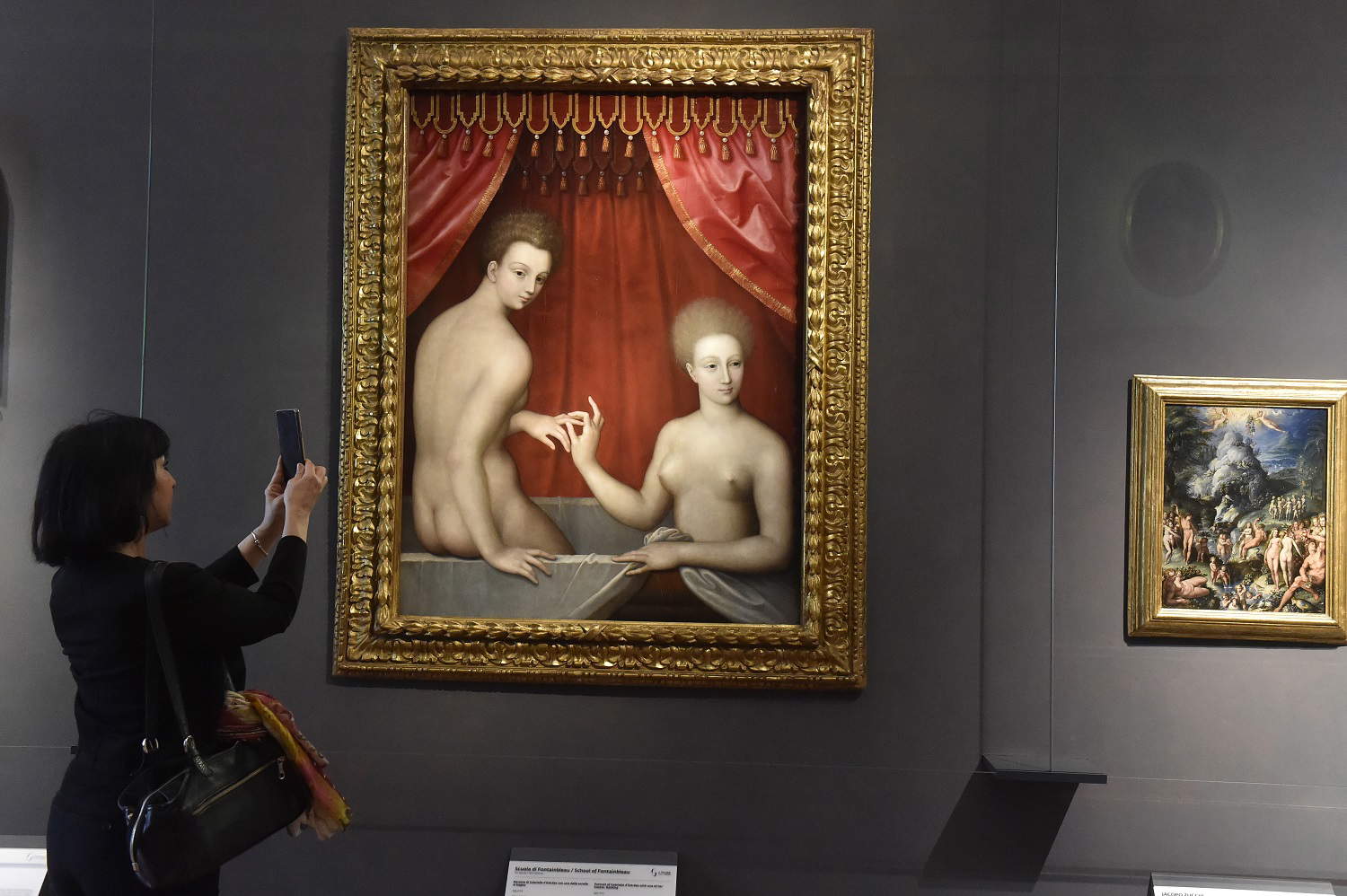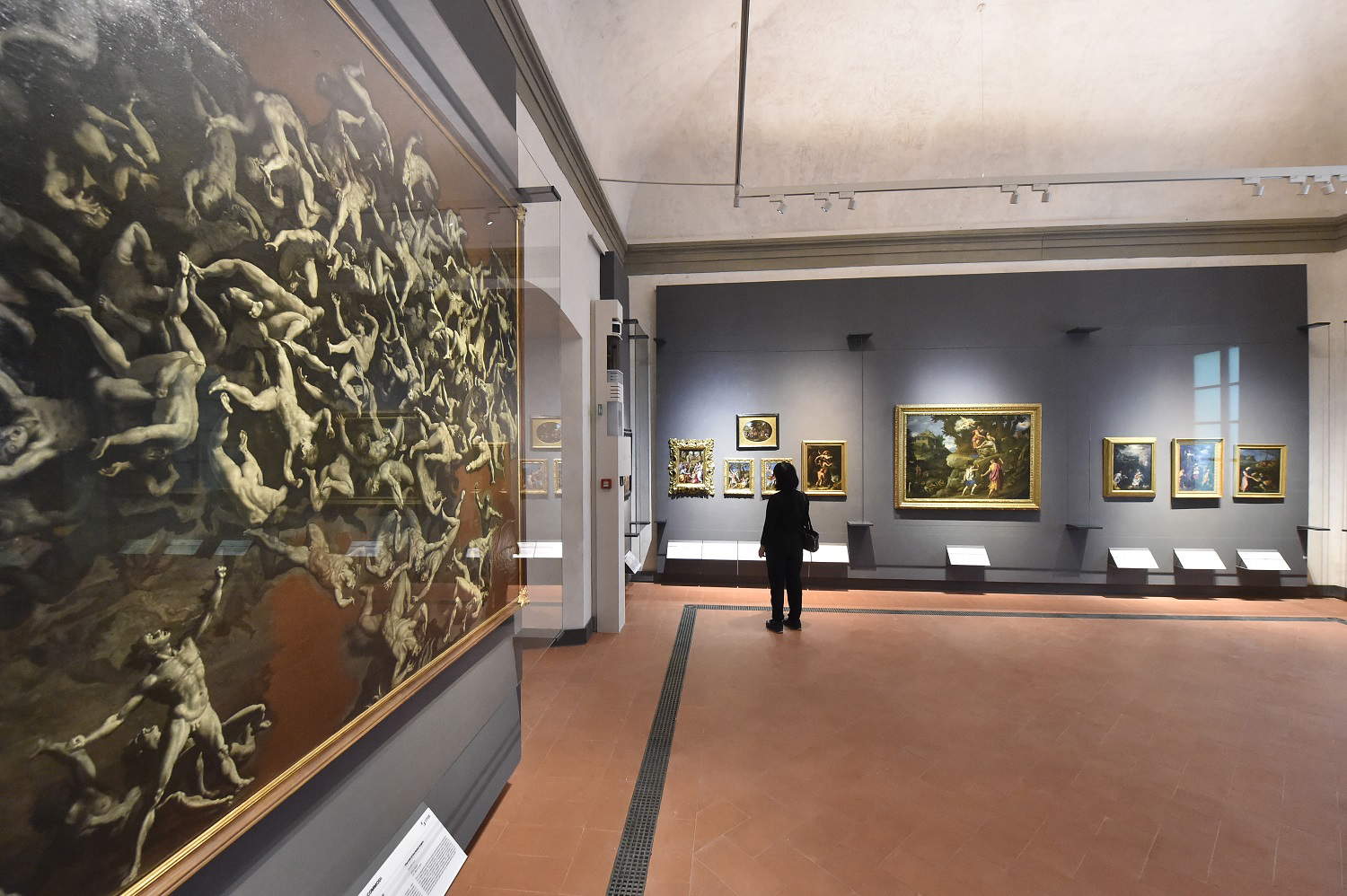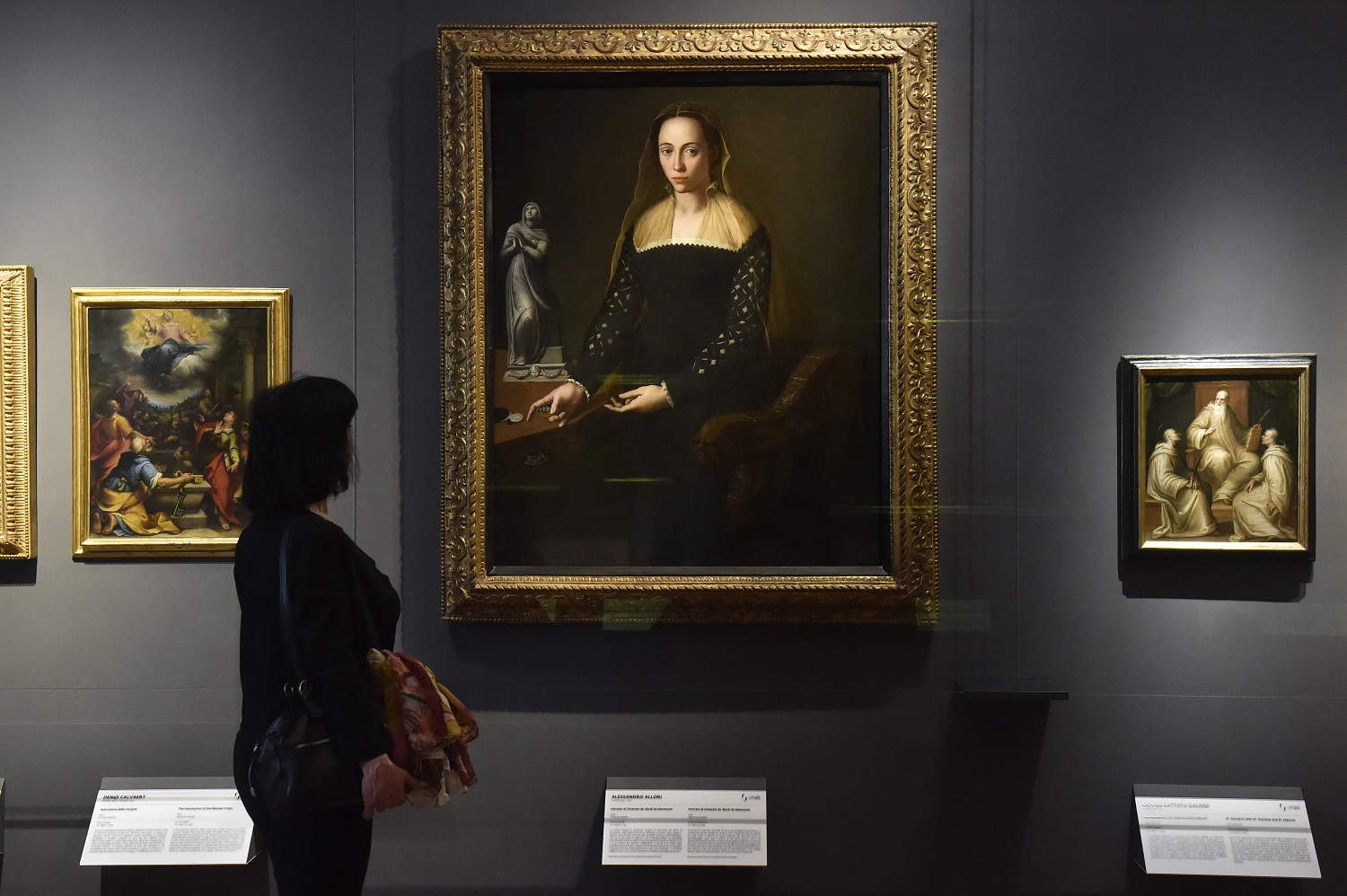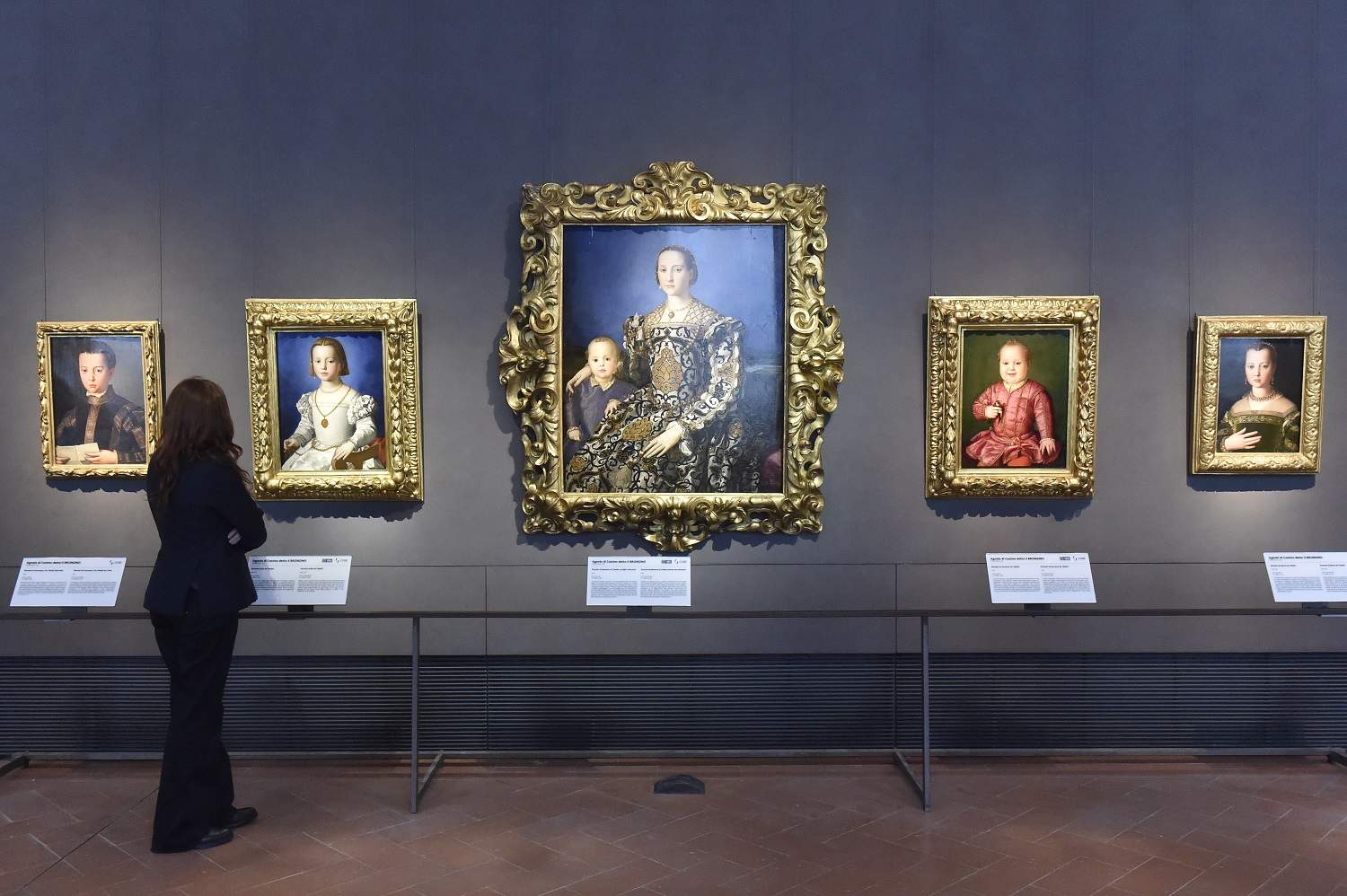The Uffizi opens its new sixteenth-century rooms with the works of Venetian and Florentine artists: as many as one hundred and five works spread over fourteen new rooms occupying more than 1,100 square meters. Some of the works the public will find in the new itinerary are among the museum’s masterpieces: among others, Titian’s Venus of Urbino (which has a specially dedicated room), Bronzino’s Eleonora of Toledo, Federico Barocci ’s Madonna of the People (which returns to the Uffizi after ten years away from its public: it had been in storage), Lorenzo Lotto’s Holy Family, Titian’s Flora, Sebastiano del Piombo’s Fornarina, and masterpieces by Tintoretto and Veronese. And then there are about 30 works that, just like the Madonna of the People, return to public view after years of absence.
For the colors of the walls, hues in line with the works have been chosen: green for the Venetian painting (it is taken up by the curtains and wall coverings that can be seen in so many Venetian Renaissance paintings) and gray for the Florentine painting, in homage to the pietra serena of the Uffizi architecture (declined, however, according to a warmer and more velvety timbre).
A window on the Arno overlooking the river and the hills to the south of the city has also been opened to provide the Gallery with an additional point of contact with its urban context. Other new features include new benches placed along the path to admire the paintings without fatigue, and shatterproof glass for the Venus of Urbino, the Flora and the Fornarina. As for the Pilastro room, it has been refitted with altarpieces from the Counter-Reformation: the star is Barocci’s Madonna del Popolo, purchased by Grand Duke Pietro Leopoldo at great expense for the Florentine collections. Next to the latter masterpiece is Lavinia Fontana’s Noli me tangere altarpiece.
And again, the rooms next to the Hall of the Pillar have been set up as studios, mainly with small works: one with sacred paintings, the other with secular subjects (mainly mythological and allegorical), all of which can be seen in detail thanks to protection with special glass that allows visitors to get close and appreciate each brushstroke. Also back on view is Andrea Commodi’s Fall of the Rebel Angels: in the large sketch, a dramatic tangle of human anatomy with which the Florentine painter wanted to directly confront Michelangelo of the Sistine Chapel. Finally, an area has been reserved for dynasties: the portraits of the Medici by Bronzino stand out here, including a portrait of Eleanor of Toledo with her son Giovanni.
The rearrangement was possible thanks to the support of Friends of the Uffizi Galleries, which donated $100,000 for the new Venus of Urbino Room, and another $15,000 (offered by one of the association’s members, Trish Savides) for the restoration of Lorenzo Lotto’s Holy Family.
“It is as if a second, new museum has opened inside the Gallery,” declares director Eike D. Schmidt. Loperazione is gigantic in scope, and was made possible in part by a generous donation from the Friends of the Uffizi Galleries, chaired by Maria Vittoria Rimbotti Colonna. This formidable undertaking was brought to fruition by the exceptional team of the Uffizi Galleries, who worked with passion and great expertise. We can finally show in the best way two sectors of our collections, that of Counter-Reformation painting and that of Venetian painting, which are also among the most important in the world. But that’s not the end of the story: within a few months the entire lala of the sixteenth century will be rearranged."
“There are two fundamental themes that have guided the new layout,” explains Antonio Godoli, curator of the architectural heritage of the Uffizi Galleries: “the search for continuity in the style of Vasari’s rooms, through the study of goals and also of focal and perspective points in the positioning of the paintings; and the construction of display surfaces to support the works, surfaces that have the function of defining the new museum space by separating it from the architectural space.”
Below are some photos of the new arrangements.
 |
| Uffizi, the new arrangements of the sixteenth-century rooms |
 |
| Uffizi, the new arrangements of the rooms of the sixteenth century |
 |
| Uffizi, the new arrangements of the rooms of the sixteenth century |
 |
| Uffizi, the new arrangements of the rooms of the sixteenth century |
 |
| Uffizi, the new arrangements of the rooms of the sixteenth century |
 |
| Uffizi, the new arrangements of the rooms of the sixteenth century |
 |
| Uffizi, the new arrangements of the rooms of the sixteenth century |
 |
| Uffizi, 14 new 16th-century rooms open. Schmidt: "Gigantic operation." Photos |
Warning: the translation into English of the original Italian article was created using automatic tools. We undertake to review all articles, but we do not guarantee the total absence of inaccuracies in the translation due to the program. You can find the original by clicking on the ITA button. If you find any mistake,please contact us.